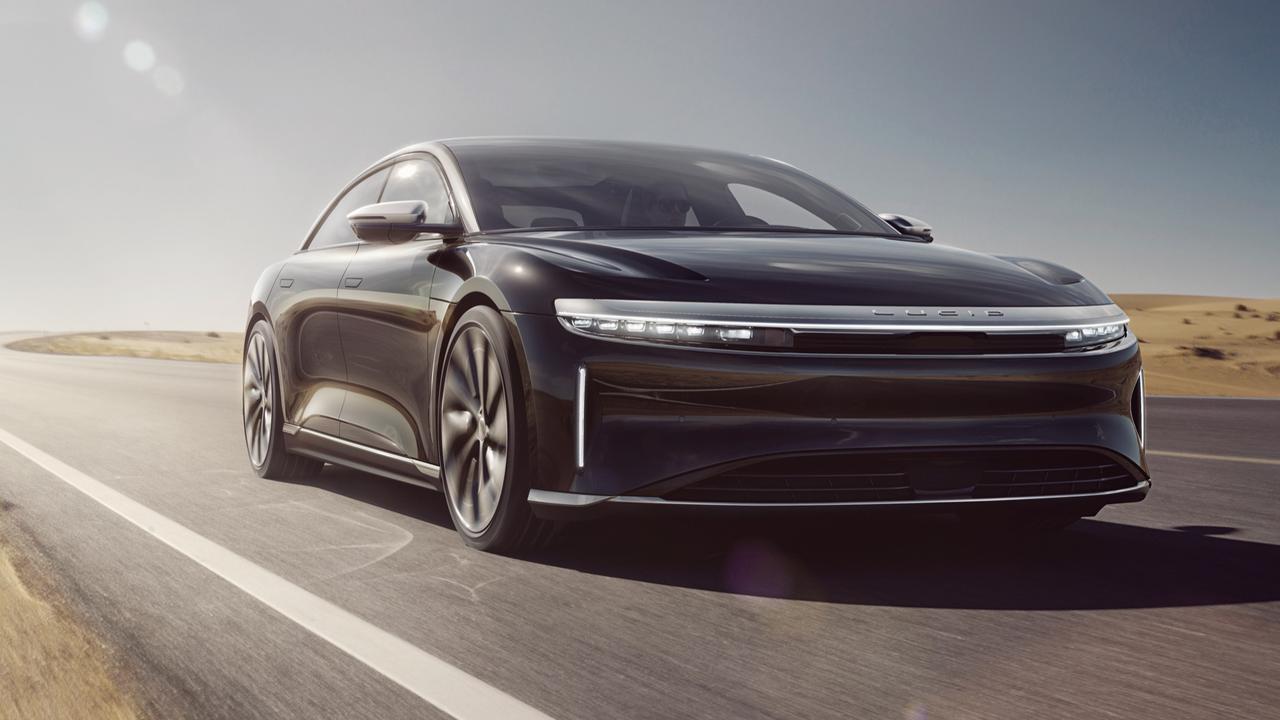First drive: Range Rover’s plug-in hybrid
Range Rover’s aren’t known for their environmental credentials but this offroader is different.
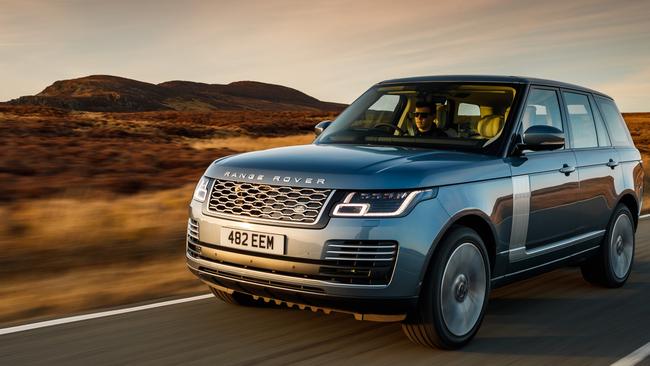
Range Rover is giving customers the silent treatment.
It’s latest release, the plug-in P400e, can waft through muddy fields and streams without disturbing the serenity, thanks to an electric motor that delivers 51km of emissions-free motoring on a single charge.
For the rest of the journey, the motor teams with a four-cylinder turbo petrol from Jaguar Land Rover’s Ingenium range, as used in the Evoque. Together the 2.0-litre turbo (221kW/400Nm) and the 85kW electric motor produce a healthy 297kW of power and a stump-pulling 640Nm of torque. The torque figure is just shy of the 4.4-litre V8 diesel’s.
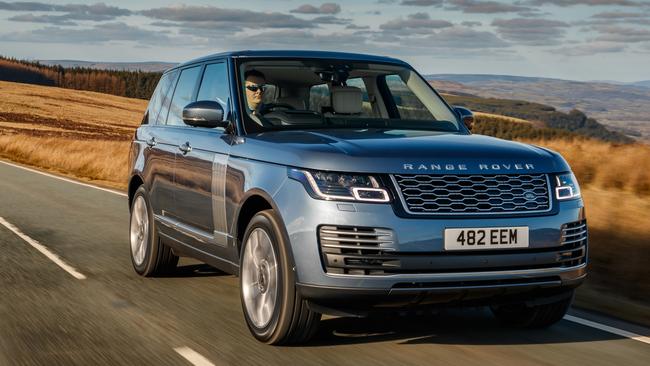
The hybrid’s default setting is to have engine and motor operating together, and Land Rover claims the parallel set-up can use as little as 2.8L/100km, or 101 miles per gallon in the old language.
The Rangie’s plug-in point is tucked discreetly under a flap bearing the green oval badge on the newly styled grille. It’s at the front, chief project engineer Elizabeth Hill explains, for ease of connection. Rivals place their plugs on the side or rear three-quarter panels.
From a dedicated 32 amp wall box, the recharge takes two hours 45 minutes; expect a 10 amp domestic circuit to have it ready to face the traffic in seven hours.
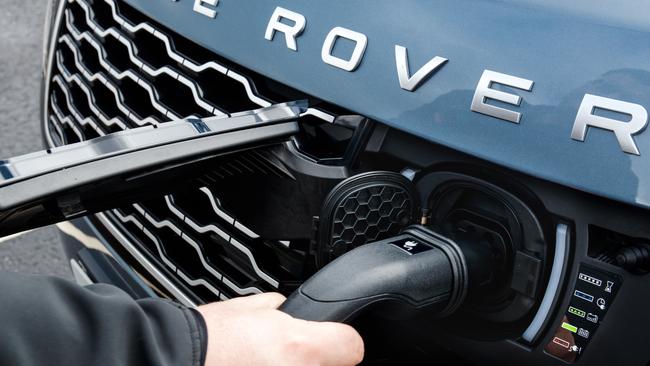
Among the P400e’s ample wow-factor tech is the Save mode. The drive selects how much charge is needed to negotiate, for example, a city’s no-emission or congestion-tax zone and that is preserved until called on.
ON THE ROAD
The hybrid wafts along like any of its stablemates, the extra weight hardly telling thanks to the electric motor’s instant peak torque.
When parking, the vehicle betrays its size; at 5m long, 2m wide, it has a wide 12.3m turning arc (13m in the 5.2m long-wheelbase Autobiography).
You can watch the flow and source of energy on one of the 10-inch Touch Pro Duo screens. To inform the driver or more mundane statistics — speed, local speeds limits, navigation etc — the Rangie has a crisp 12-inch digital dash and head-up display.
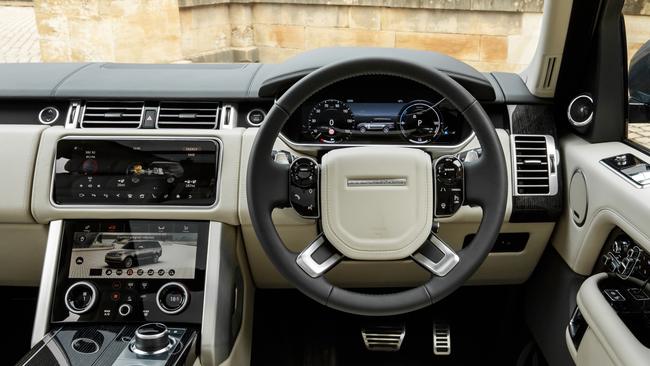
Overtaking and roll-on acceleration are as smooth as a velvet smoking jacket.
Jump on the pedal to get a wriggle on and progress is snappily on par with perhaps the V6 stablemate — accompanied however by an un-Rangie-like noise as the little turbo revs its way through the lower ratios of the eight-speeder.
The maker claims 6.8 seconds for the 0-100km/h sprint, not bad for anything with sporty pretension but impressive for a 2509kg off-roader.
Accommodating the 13.1kWh battery, its charger and inverter — no small engineering feat — brings in one of the more conspicuous compromises. The hybrid loses about 100L of boot space due to the battery pack raising the floor and towing capacity is down a tonne to 2500kg.
If you can’t get comfortable in a Rangie, see a surgeon. The redesigned seats are more accessible in the front and even more cosseting in the back, while rear space in the LWB Autobiography is just plain cavernous.

Another party trick is Predictive Energy Optimisation, in which the GPS is employed to work out the best mix of petrol and electric power to reach a given destination.
This being such a quiet runner, the makers also have contrived AVAS — a synthesised vehicle noise generator that came from, among other things, collaboration with the blind to make sure guide dogs could hear it.
Pixel-LED headlights promise illumination of up to 500m ahead.
No surprise, the options list is about as big as the Taxation Act. You can spend up to $6000 on 22-inch wheels, or lash out on premium paint at $1870. (On the Vogue and SE versions, it seems a little rude to ask $3750 for the Drive Pro safety pack that adds gear that’s standard elsewhere in the form of blind spot/driver alertness/lane keeping monitors and adaptive cruise control.)
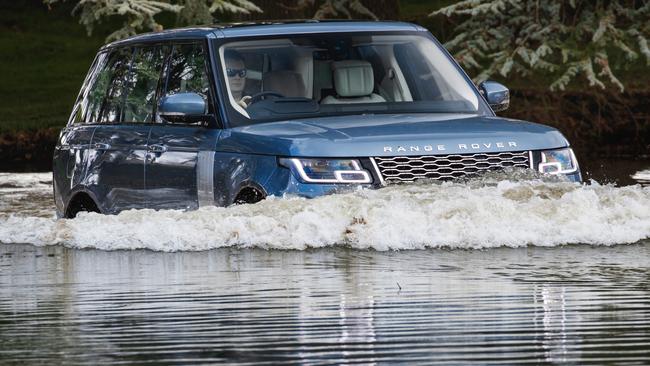
OFF THE ROAD
Range Rover ran the launch from Blenheim Palace, home of the Duke of Marlborough and birthplace of Winston Churchill, a very pukka locale to wade through lakes (up to 900mm deep), cross muddy paddocks and climb slippery hills while eyeballing the pheasants.
After negotiating a course employing the customary Terrain Response in parallel mode, we repeated the process, electric only.
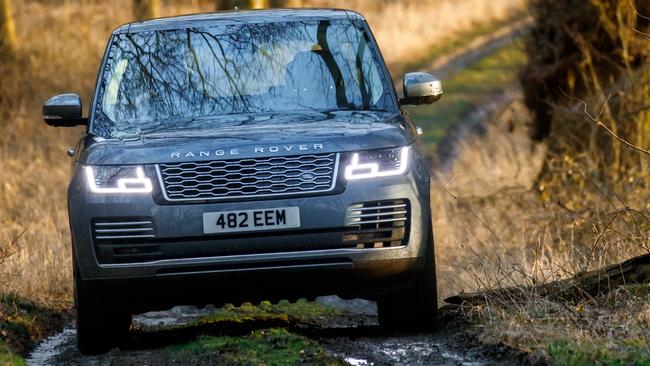
In whispering mode, we could hear the suspension responding to the conditions and — here’s that instant peak torque thing again — we could modulate the urge with a lot more precision than with a combustion engine. Given this ability, the hybrid deletes the super-smart All-Terrain Progress Control, which gives other variants graduated, feet-off-the-pedals descent speeds.
AT A GLANCE
RANGE ROVER P400e PHEV
PRICE $210,000
ENGINE 2.0-litre 4-cyl turbo, 85kW electric motor, 297kW/640Nm (combined)
TRANSMISSION 8-speed auto; 4WD
THIRST 2.8L/100km
TOWING 2500kg


